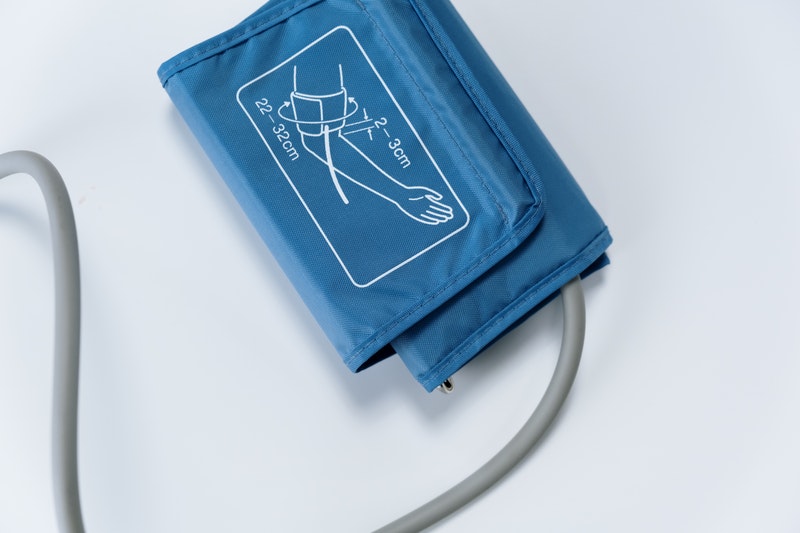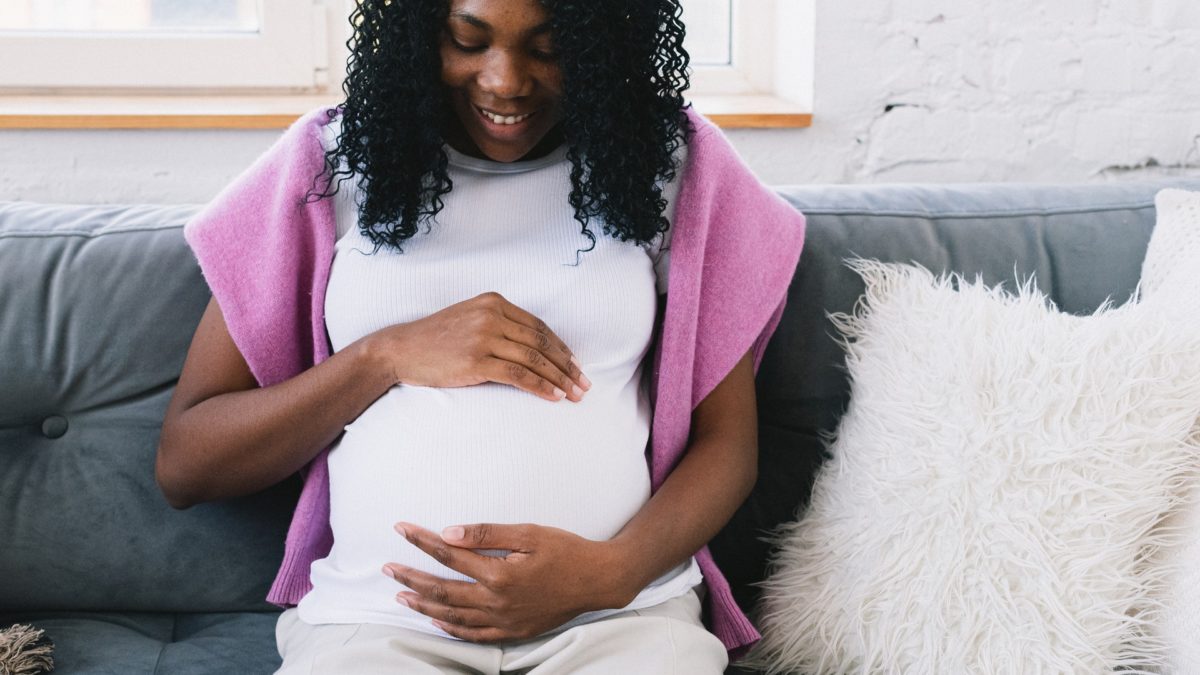If undetected and left untreated, hypertension in pregnancy poses a high risk to the unborn baby. Let’s talk about how to check for it, how to manage the condition and if you can prevent developing pre-eclampsia.
Hypertension, or high blood pressure, is a common medical problem. If you develop hypertension in pregnancy, it generally goes away once your baby is born. The problem with hypertension in pregnancy, however, is that it can sometimes go undetected. Without proper treatment, both mum and baby are at increased risk of developing severe complications.
Three types of hypertension in pregnancy
In general, there are three types of hypertension in pregnancy.
- Chronic hypertension. This is when you already have high blood pressure before falling pregnant. You can also have chronic hypertension if you are diagnosed in the first 20 weeks of your pregnancy.
- Gestational hypertension. As with gestational diabetes, this is a condition that only appears when you are pregnant. If you are diagnosed after 20 weeks’ gestation, you have gestational hypertension.
- Pre-eclampsia. If you have hypertension in pregnancy, you are at higher risk of pre-eclampsia. This is often characterised by increased protein in your urine. It also indicates other organ damage or malfunction during pregnancy.
In the video below, obstetrician and gynaecologist Dr Ellie Bailey discusses who are at risk of pre-eclampsia and the symptoms to watch out for.
What happens if you have pre-eclampsia?
If left unchecked, hypertensive disorders in pregnancy can result in several adverse pregnancy outcomes. These include:
- experiencing seizures and convulsions
- reduced blood flow to the baby, affecting their growth
- placental abruption, where your placenta separates from the uterus wall before delivery
- pulmonary edema, where there is excess fluid in the lungs, making it difficult to breath
- HELLP syndrome (hemolysis, elevated liver enzymes levels and low platelet levels), which can lead to serious complications for the mother and baby
- while the high blood pressure may go away after your baby is born, you are at long-term risk of cardiovascular disease
How to tell if you have pre-eclampsia

There are often no symptoms. One of the most important ways doctors determine if you have pre-eclampsia is by checking your blood pressure. If your blood pressure is higher than normal (generally around 120/80 mm Hg), it could indicate hypertension or pre-eclampsia. Other symptoms of pre-eclampsia include:
- blurred vision
- pain in the stomach area, especially on the right side
- severe headaches
- prolonged or sudden swelling of legs
- abnormal bleeding
- change in baby’s movement
GP Simone Kooke discusses a new medical advancement that pregnant women can take advantage of to find out if they’re susceptible to pre-eclampsia.
How can you prevent pre-eclampsia?
The exact causes for pre-eclampsia are not known, and so it cannot necessarily be prevented. However, there are a few risk factors you can watch out for:
- a history or family history of high blood pressure, any chronic health condition or an autoimmune disorder
- had pre-eclampsia before
- maternal age of over 40 or under 18
- expecting twins or triplets
- being overweight
If you are at high risk of developing pre-eclampsia, your doctor may also prescribe a low dose aspirin as prevention.
What to do if you have hypertension in pregnancy or pre-eclampsia
If you are diagnosed with pre-eclampsia, the most important thing is to keep up regular appointments with your doctor. Monitor your blood pressure carefully. It might also be time to stop working and start your maternity leave.
Your doctor will often prescribe antihypertensive medication or antihypertensive drugs. This is to ensure you are able to get the baby to a safe gestation age. Often, the blood pressure issues will go away once the baby is born.
How helpful was this article?
Click on a star to rate it!
0 / 5. 0
Be the first to rate this post!
Melody Tan
Related posts
Subscribe
Receive personalised articles from experts and wellness inspiration weekly!


